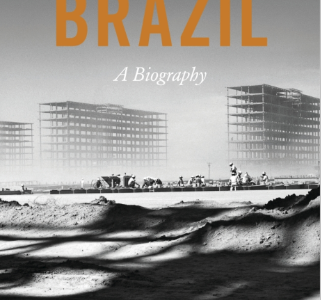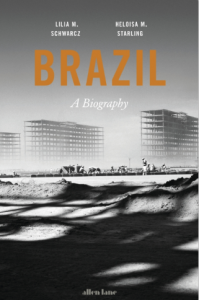
Economic and political crisis of Brazil


Brazil’s failure to achieve stable growth, legal norms and protection for all its citiznes, in the very short term has been tragic.
On August 24, 1954, Getulio Vargas, Brazil’s president retired to his room at the Catete Palace in Rio de Janeiro, lay down on the bed and put a pistol to the left side of his chest and pulled the trigger at 8:30 am.
According to Lilia Schwarcz and Heloisa Starling, “ the country went mad as crowds vented their fury in many of the main cities with stones and clubs. In Rio, a mob attacked anything that had to do with the opposition and its perceived allies, including the offices of Standard Oil and the American Embassy. Over a million people gathered in front of the presidential palace in the hoping of seeing the body. The suicide note left behind by Vargas blamed his death on everyone he believed to be against his development programme, from the opposition to foreign business and said: “ If the birds of prey want to continue sucking the Brazilian people’s, I offer my own life in sacrifice”.
In Brazil a Biography, the authors recount that Brazil has not developed the values needed to sustain an effective republic that can weed out corruption. Instead of impersonal government, Schwarcz and Starling chronicle the country looking for the daily miracle from an unexpected saviour and narrates the endless cycle of “immediatism that takes place of planning substantive long-term changes”.
Brazil in the last decade was growing at rapid pace, with its democracy seemed to have built a solid foundation as power had been passed from one democratically elected government to another, from Fernando Henrique Cardoso to Luiz Inacio Lula da Silva. The once-feted Lula da Silva is in prison after being convicted of corruption – a legal predicament he has even tried to hint could be the work of the US.
The new presidential election in October could end up as a run-off between Jair Bolsonaro, a tropical Trump and Ciro Gomes, a leftwing candidate.
The book spans 500 years from when Pedo Alvares Cabral, a minor Portuguese aristocrat landed in 1500, in what is now Bahia in Brazil’s North-East to Cardoso’s election victory in 1994 on back of inflation- cracking economic plan.
They also concentrate on the high politics of the Portuguese court fleeing Napoleon in 1807 to install itself in a disease-ridden Rio.
Brazilian capitalism still depends too much on political connections and too little on innovation as the Precedence of affection and emotion over the rigorous impersonality of principles that organise society.
Vargas introduced some of the first social protections, including working day limits, sick leave and pensions although he ruled as a dictator, especially during the Estado Novo period from 1937 to 1945, he admired many of the ideas of liturgy of European fascism, including organisation of society through major interest groups, the acclamation of nationalism and the primacy of a dominant leader.
Brazil received as many as 40 per cent of the slaves brought from Africa, was the last country in the Western hemisphere to abolish slavery in 1888. The life expectancy of Brazilan slaves was lower than 25 years. On one estate in Bahia they examine, five new slaves were purchased a year because of “ the constant deaths”.
In 1930s Brazil embraced elements of mixed-race identity, with radio airing Samba and its Afro-Brazilian rhythms became the national music and carnival the national holiday. In the early 20th century the inferiority of blacks and mestizos and the brutal barriers of slavery were replaced with more subtle distinctions. After abolition, black people were treated with a kind of silent and perverse prejudice based on a hierarchy constructed according to gradations of colour, “ Freedom might be black, but equality is white”.
Brazil: A Biography by Heloisa Starling and Lilia Schwarcz, Allen Lane £30, 800 pages
